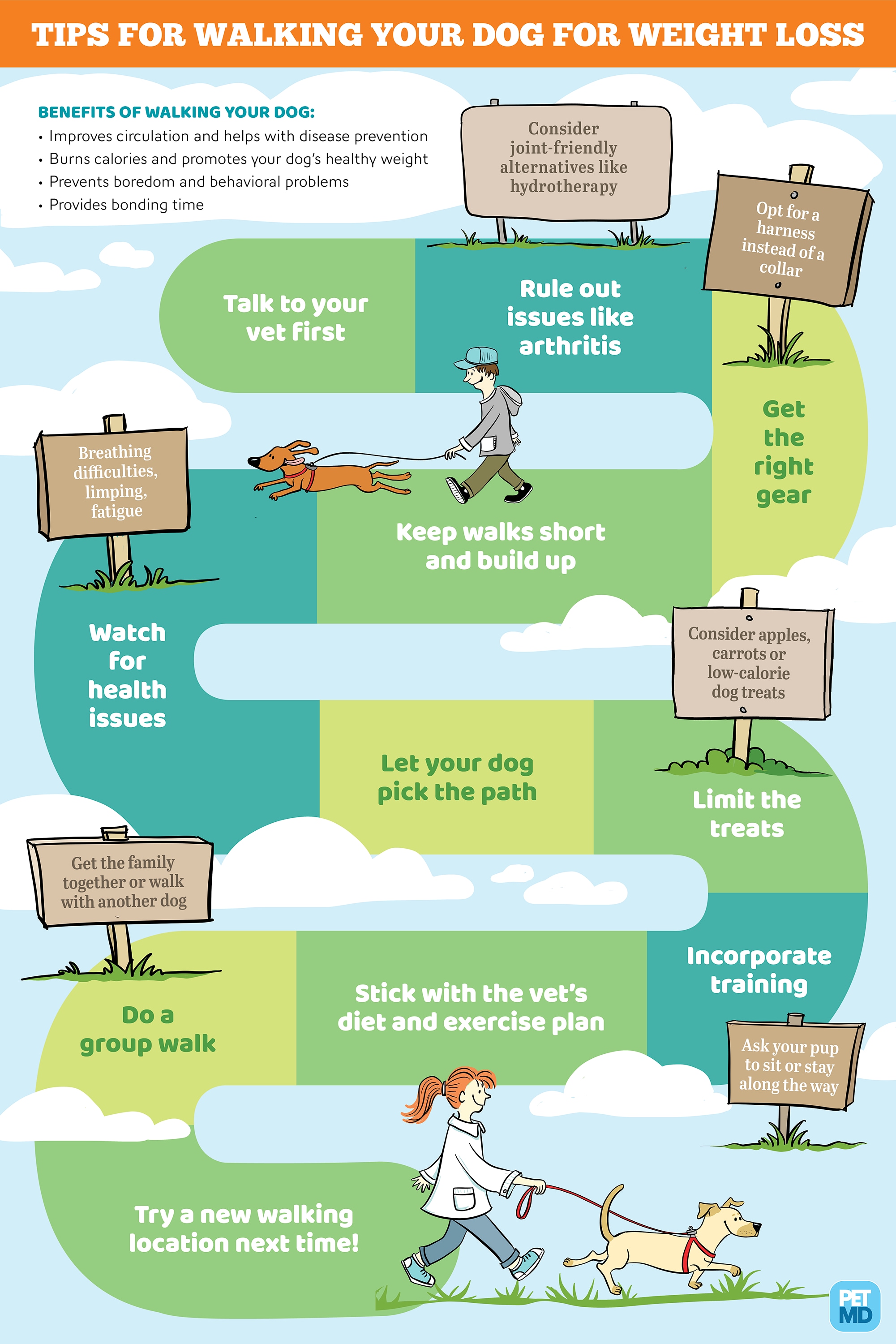Cold laser treatment is a non-invasive, pain-free treatment that helps reduce swelling and increases cell regeneration. It is a secure option to intrusive procedures and typically has immediate outcomes.
Laser photons start a chain reaction of chain reactions within the cell that decrease discomfort, swelling, and speed up healing. It increases blood flow to the area by causing vasodilation.
What to Expect
Cold laser treatment is a non-invasive treatment that makes use of low-level laser light to permeate deep into hurt tissues, activating cell function on multiple degrees to promote cells healing. This helps in reducing pain and swelling, while promoting contraction and regeneration.
Throughout a session, you'll sit or rest comfortably and the practitioner will note the areas on your body that demand to be treated. The expert then uses a tiny portable gadget with the laser to the area. During the therapy, you may really feel a small prickling or warmth in the location of your injury.
Prior to starting treatment, it is necessary to clean up the area of your injury and eliminate any kind of fashion jewelry or various other objects that might hinder of the laser's path. It's additionally essential to stay clear of any kind of flammable products that could be in the area of the laser light beam. This will ensure your safety and security and the effectiveness of the therapy.
Prep work
Cold laser therapy functions by beaming light on the surface of your skin. The light is taken in by the leading layer of your skin and then promotes the cells to produce energy that advertises recovery.
Throughout the therapy, you might really feel a warm or prickling experience in the location that is being treated. This is entirely regular, though you must allow the specialist understand if the sensation is awkward or as well solid.
This treatment has a lot of promise for aiding people with distressing mind injury (TBI). The treatment is non-invasive and does not have any kind of adverse negative effects. However, even more research is required to determine the optimum treatment method. The very best way to figure out if you are a candidate for this kind of treatment is to consult with a skilled physiotherapist. They will certainly have the ability to assist you identify if cool laser treatment is right for you.
The Treatment
As soon as the professional has appropriately positioned you for treatment, they will after that place the cool laser gadget on the injured location. They might keep it on for 30 seconds or longer, depending on the dimension of the injury and its level of sensitivity. They will certainly use protective safety glasses to ensure that the laser does not directly strike the eyes, and they will ensure that you are shielded from any glow that might happen.
You might really feel a mild tingling sensation on the area that is being treated, yet it will certainly not be undesirable or agonizing. This is an indication that the laser is working to boost the recovery procedure in the impacted tissue.
Most clients experience discomfort alleviation within a couple of sessions, with some seeing long lasting outcomes also after a number of months of therapies. It is important to note that LLLT is not suggested as a sole treatment for any type of persistent pain condition and it ought to be paired with other healing methods in order to achieve optimal results.
Post-Treatment
After you lie down or sit, the expert will use a wand with a series of light-emitting diodes to target your pain site. You will use safety eye safety glasses, and the laser might be hung on your skin for 30 to one minute. You might feel a mild, relaxing feeling during the therapy.
The photons from the laser pass through deep right into your cells, causing a recovery reaction on a cellular level. Unlike other forms of laser treatment, this low-intensity method does not develop warm.
Some studies have pico laser near me actually revealed that cold laser therapy works in treating a number of conditions, including persistent discomfort and wounds. Nevertheless, it is much less extensively approved as a common medical practice, and it isn't covered by several medical insurance plans. Additionally, it is not advised to be utilized over any suspicious malignant lesions or carcinomas or on expectant ladies. You should constantly seek advice from your oncologist prior to pursuing this kind of therapy.
